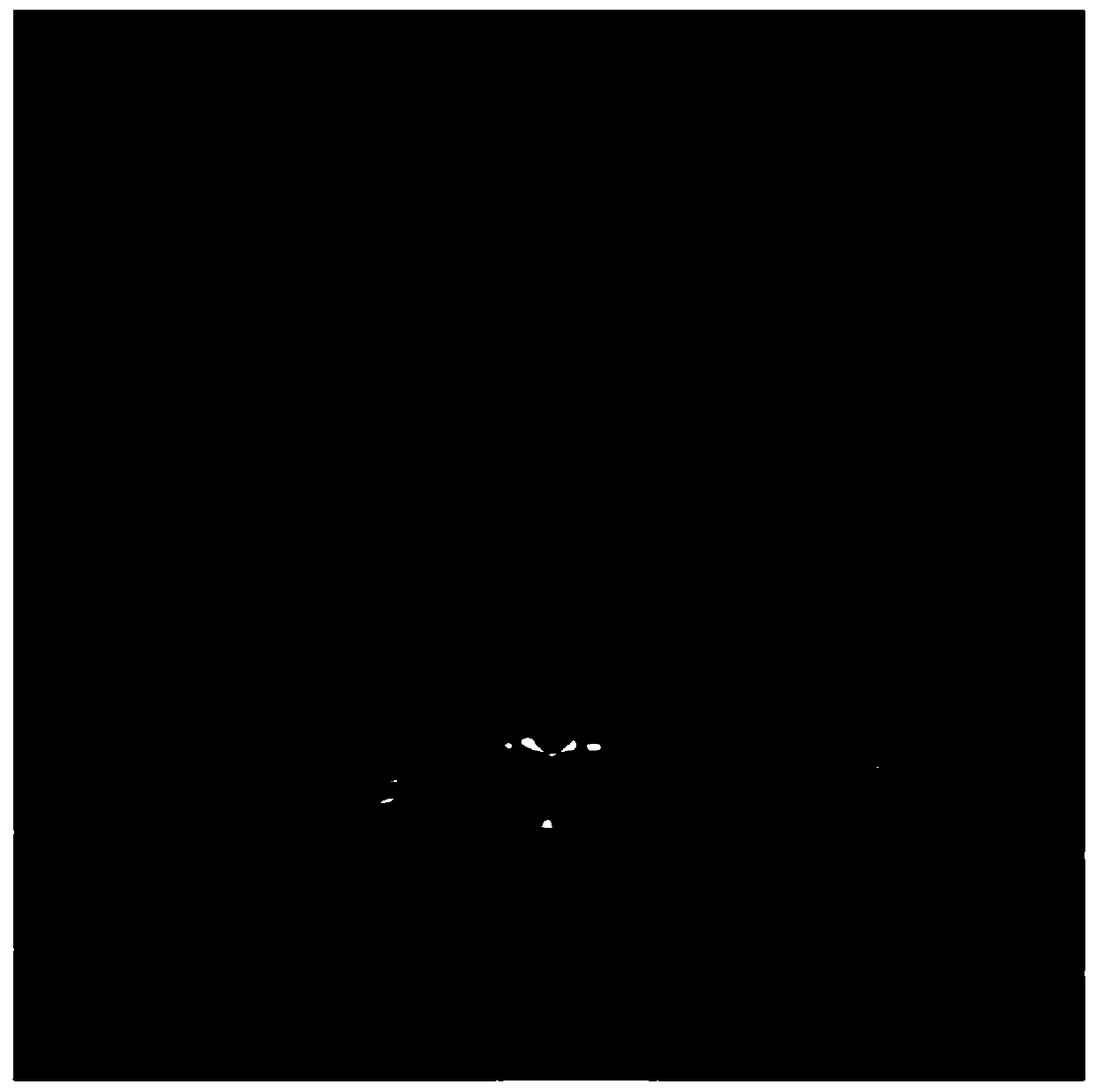Shallow residual encoding and decoding recursive network for low-dose CT image denoising
A CT image, low-dose technology, applied in the field of image processing, can solve problems such as complex network structure, and achieve the effect of improving network performance, reducing complexity, and clear structure
- Summary
- Abstract
- Description
- Claims
- Application Information
AI Technical Summary
Problems solved by technology
Method used
Image
Examples
Embodiment Construction
[0034] In order to make the technical problems, technical solutions and beneficial effects to be solved by the present invention clearer, the present invention will be further described in detail below in conjunction with the accompanying drawings and embodiments. It should be understood that the specific embodiments described here are only used to explain the present invention, not to limit the present invention.
[0035] Such as figure 1 , figure 2As shown, a shallow residual codec recurrent network for low-dose CT image denoising, using the clinical data set of the "2016 NIH-AAPM-Mayo Clinic Low-Dose CT Challenge" authorized by the Mayo Clinic, Used to train and test the proposed network, the dataset contains standard-dose and low-dose abdominal CT images of 10 anonymous patients. The image size is composed of 512*512 pixels, and 3mm CT images are used for network training. In the experiment, the data used for training and testing is a fixed-size image block set extracte...
PUM
 Login to View More
Login to View More Abstract
Description
Claims
Application Information
 Login to View More
Login to View More - R&D
- Intellectual Property
- Life Sciences
- Materials
- Tech Scout
- Unparalleled Data Quality
- Higher Quality Content
- 60% Fewer Hallucinations
Browse by: Latest US Patents, China's latest patents, Technical Efficacy Thesaurus, Application Domain, Technology Topic, Popular Technical Reports.
© 2025 PatSnap. All rights reserved.Legal|Privacy policy|Modern Slavery Act Transparency Statement|Sitemap|About US| Contact US: help@patsnap.com



